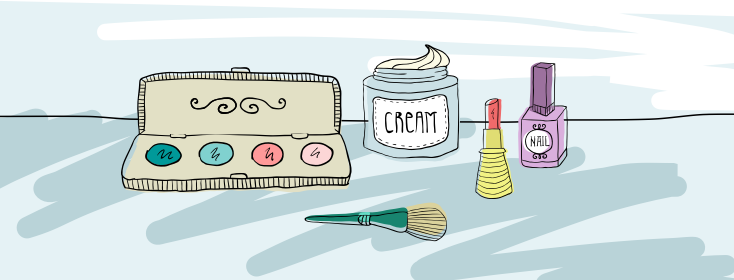Faking It
Many people with “invisible disabilities” have felt at one point or another that the severity of their condition is called into question. As it is possible to have severe rheumatoid arthritis and not show any outward signs of disease, it can be hard for people unfamiliar with chronic conditions to wrap their heads around the fact that someone can appear to be fine on the outside and simultaneously be experiencing acute medical issues on the inside.
Minimizing the appearance of RA symptoms
When adding the fluctuating nature of RA to the mix, it gets even more complicated. On a good day, I can walk a couple of miles but, on a bad day, it can hurt to walk to the mailbox. Therefore, someone who saw me being active just a few days earlier may not understand why I’m limping.
I know that in this online community many people have expressed feeling like others question whether they’re making more of their symptoms than is necessary, that others think that to some extent they’re “faking it.” The surprising thing is, that I actually do fake it all the time. Yet, I’m not making my symptoms appear more severe than they are. When I fake it, I’m trying to minimize my symptoms to make it appear that I’m doing better than I actually am.
I don't want others to see my pain
Trying to cover-up the pain & fatigue
For example, if I am experiencing a lot of pain and fatigue, gearing up for a workday can be difficult. However, more often than not I will dress a little nicer than I would on a “good day.” When I’m in pain my face tends to become pale, so I’ll wear extra makeup to compensate for my pallor and for the circles under my eyes. I try to make my external appearance look as polished as possible to cover up the fact that inside I’m struggling.
Verbally downplaying my symptoms
Another way that I fake it is by verbally downplaying my symptoms. I typically answer “How are you today?” with the standard “I’m fine” regardless of how I’m actually doing. When I’m not feeling well, I usually don’t have the energy for the conversation about what rheumatoid arthritis is and how it works. In addition, I often worry that people will judge me if they know I have a chronic condition, unconsciously expecting less of my job performance. That could all be in my head, but nonetheless letting people know that I have RA can feel vulnerable. Interestingly, if I’m having a conversation in which it makes sense to bring up my RA, I’m much more likely to do so when I’m feeling well than when I’m in a lot of pain. I think I’m more willing to feel emotionally vulnerable when I’m feeling physically strong versus when I’m hurting.
Attempting to hide a limp
This may seem ridiculous, but there are even times when I try to cover up a limp around people I don’t trust to be compassionate. Last year I had to invoke my rights under the Americans with Disabilities Act at my workplace, and on days when I am limping I try to take less frequented routes so that not as many people see me limp. On occasion, I will even stifle a grimace and put my full weight on a tender joint to minimize the limp in front of certain people. I realize I’m not honoring my body’s needs when I do this, nor am I being honest about my condition. Yet it can just feel too hard to have my weakness on display for all too see, especially when I’m struggling to make it through the day. Just as an injured animal wants to hide away to nurse its wounds in isolation, I too want to hide away.
Faking it doesn't make me a bad advocate
I know that I’m not behaving as an advocate for rheumatoid arthritis awareness when I try to minimize how badly the disease is affecting me. While I may not be furthering the cause at those moments, I am human, and when I hurt I’m just not in top form. Sometimes the best that I can do is fake my way through a day until I can get to the comfort of my home and give my body the rest that it needs. Ironically, I find that I’m a much better RA advocate on the days when my RA is held at bay.

Join the conversation